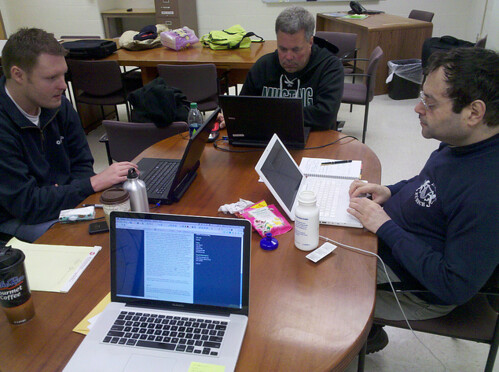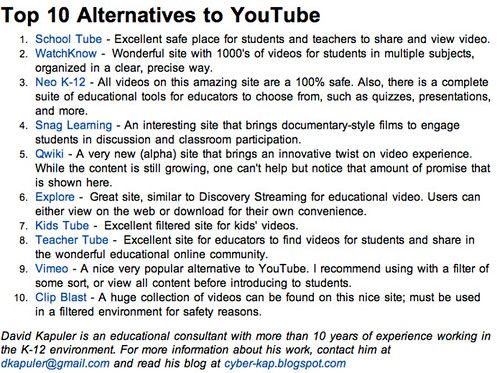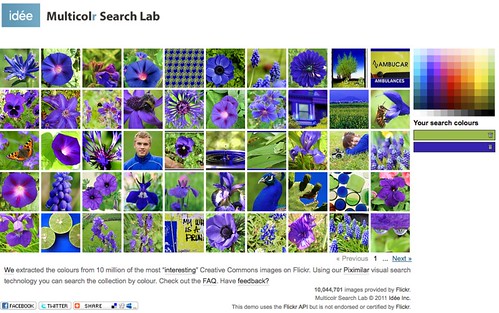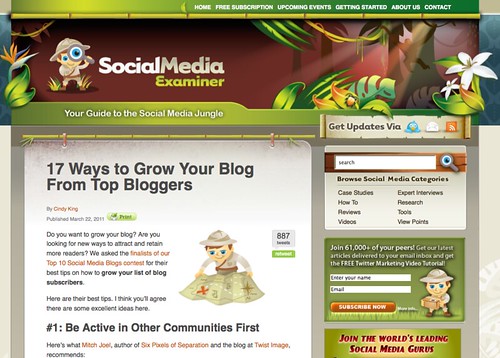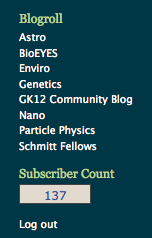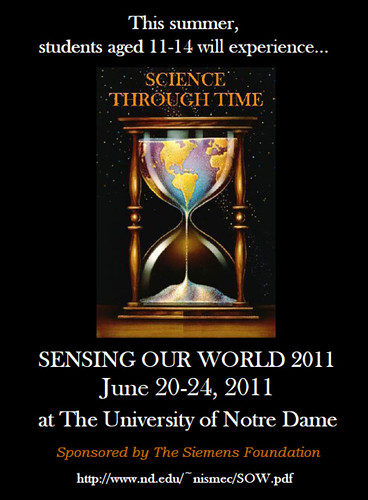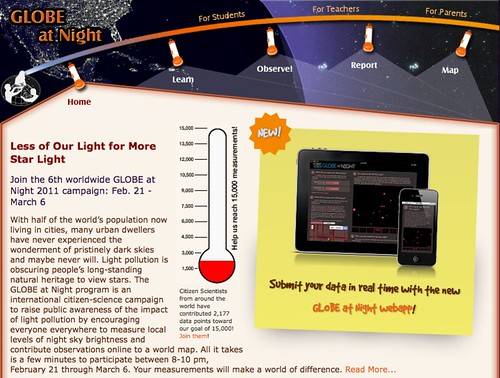
I’m passing along the invitation below from Connie Walker of the National Optical Astronomy Observatory (NOAO). This concern for light pollution is an important project of our friend and regional collaborator Chuck Bueter of Nightwise.org. So anyone interested in this GLOBE activity might contact Chuck:)
Less of Our Light for More Star Light
Join the 6th annual worldwide GLOBE at Night 2011 campaign: Feb. 21 – March 6
What: The Globe at Night Campaign
When: 8pm to 10pm local time, February 21 – March 6, 2011
Where: Everywhere
Who: Everyone
How: See http://www.globeatnight.org
GLOBE at Night encourages citizen-scientists worldwide to record the brightness of the night sky. During 2 winter/spring weeks of moonless evenings, children and adults match the appearance of a constellation (Orion in February/March and Leo and Crux in March/April) with 7 star charts of progressively fainter stars found at www.globeatnight.org. They then submit their choice of star chart on-line with their date, time and location to help create a light pollution map worldwide.
The GLOBE at Night 2011 campaign dates are February 21 – March 6 (worldwide) and March 22 – April 4 (for the Northern Hemisphere) and March 24 – April 6 (for the Southern Hemisphere). 52,000 measurements have been contributed from more than 100 countries over the last 5 years of two-week campaigns, thanks to everyone who participated!
This year children and adults can submit their measurements in real time if they have a smart phone or tablet. To do this, you can use the web application at www.globeatnight.org/webapp/. With smart phones and tablets, the location, date and time are put in automatically. And if you do not have a smart phone or tablet, there are user-friendly tools on the GLOBE at Night report page to find latitude and longitude.
Through GLOBE at Night, students, teachers, parents and community members are amassing a data set from which they can explore the nature of light pollution locally and across the globe. Please make a difference and join our efforts in 2011. For activity packets, one-page flyers and postcards advertising the campaign, visit www.globeatnight.org/pdf/.
~~~~~~~~~~~~~~~~~~~~
Constance E. Walker, Ph.D.
director, GLOBE at Night campaign (www.globeatnight.org)
chair, International Dark-Sky Association Education Committee
chair, IYA2009 Dark Skies Awareness Cornerstone Project
member, Astronomical Society of the Pacific Board of Directors
associate scientist & senior science education specialist, NOAO
National Optical Astronomy Observatory (NOAO)
950 N. Cherry Avenue
Tucson, AZ 85719 USA
520-318-8535
cwalker AT noao.edu


